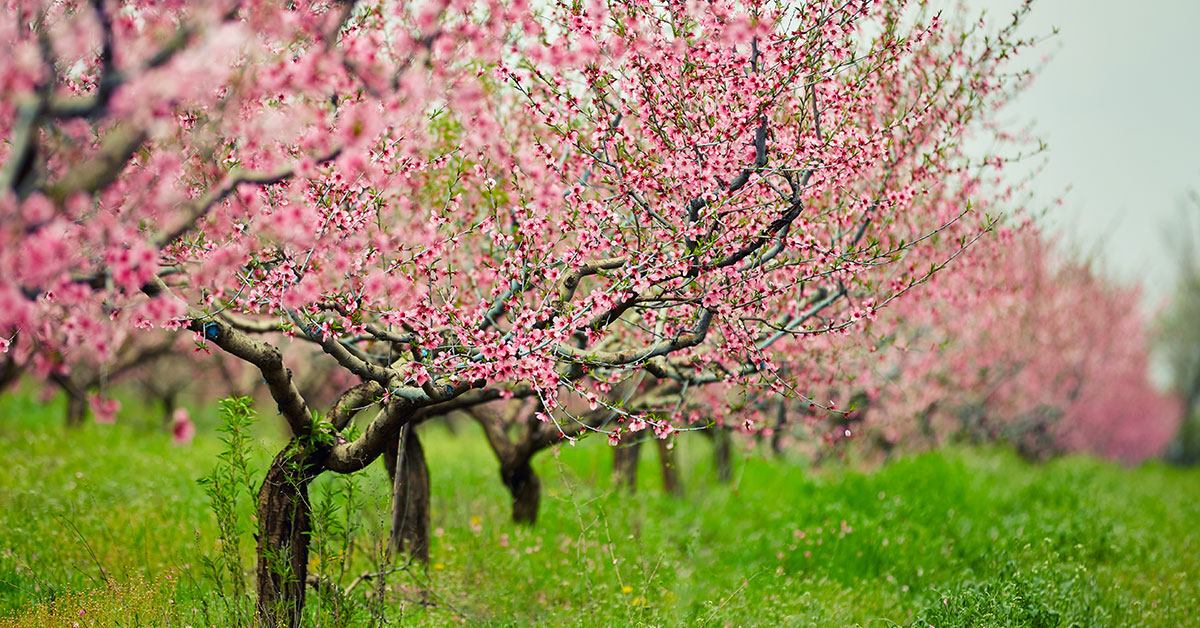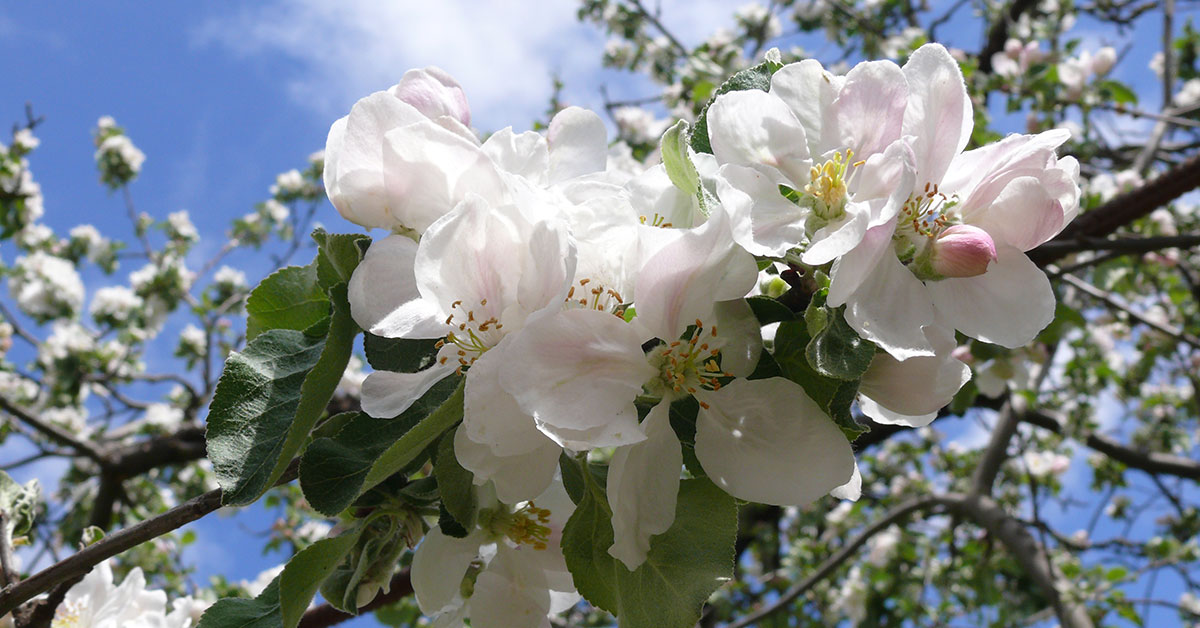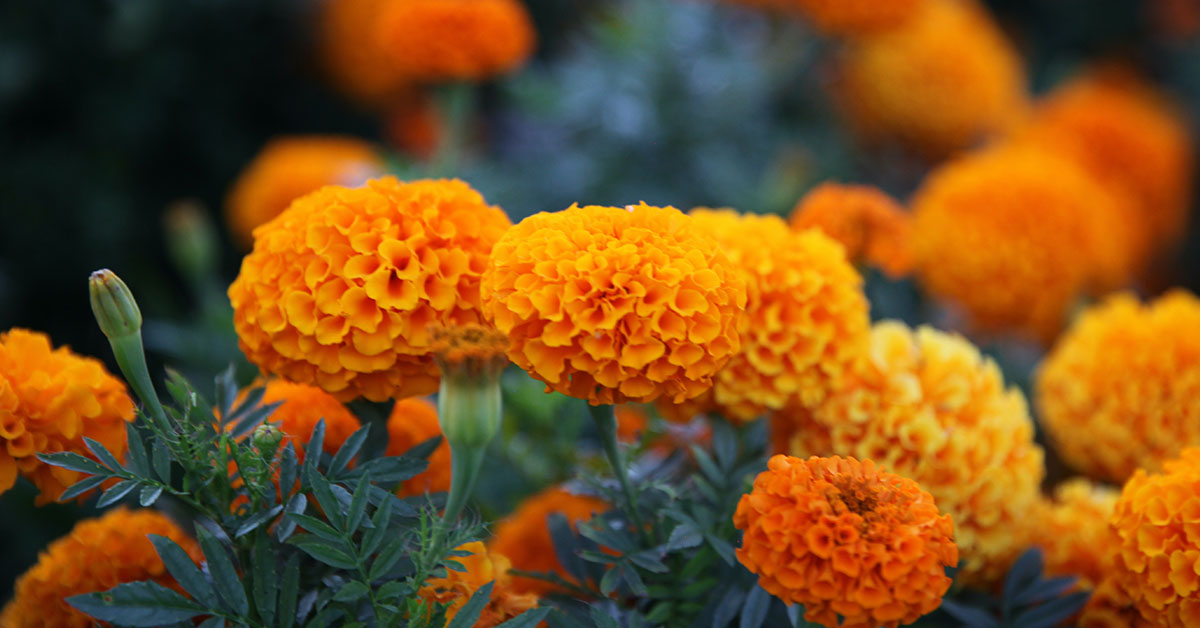Welcome to the world of peach cultivation, where the Indian Free Peach reigns supreme! If you are a gardening enthusiast looking to add a touch of exoticism to your orchard, then the Indian Free Peach is the perfect choice. Known for its vibrant colors, exceptional flavor, and adaptability to various climates, this unique variety of peach has captured the hearts of many gardeners around the world.
In this article, we will delve into the art of growing Indian Free Peach trees, exploring their origin, ideal growing conditions, proper care, and the bountiful rewards they bring. So, grab your gardening gloves and get ready to embark on a journey that will not only enhance your landscape but also tantalize your taste buds with the succulent sweetness of Indian Free Peaches.
What are Indian Free Peaches?
Indian Free Peach is a popular variety of peach tree known for its delicious, juicy, and sweet fruit. It is a freestone peach, meaning the flesh easily separates from the pit, making it convenient for eating and cooking. The Indian Free Peach tree is medium-sized, reaching a height of about 15-20 feet, and has a spreading canopy. It produces beautiful pink flowers in spring, adding ornamental value to any garden. The fruit is medium to large in size, with a yellow-orange skin that is often blushed with red. The flesh is firm, yet tender, with a rich, sweet flavor that is highly aromatic. Indian Free Peaches are typically ready for harvest in late summer, making them a delightful addition to any home orchard.
What does an Indian Free Peach taste like?
Indian Free Peach is known for its exceptional flavor profile. It is often described as having a rich, sweet, and juicy taste with a perfect balance of acidity. The flavor is intensely aromatic, with hints of tropical fruits, such as mango and pineapple, along with floral undertones.
The flesh of Indian Free Peach is firm yet melting, providing a delightful texture that is both tender and succulent. The sweetness of the peach is complemented by a subtle tanginess, which adds complexity to its flavor. The high sugar content gives it a luscious, honey-like sweetness that is highly enjoyable.
One of the unique characteristics of Indian Free Peach is its distinct almond-like flavor, which is often compared to marzipan. This nutty undertone adds depth and richness to the overall taste experience, making it truly exceptional.
When fully ripe, Indian Free Peach reaches its peak flavor, offering a burst of sweetness and juiciness that is hard to resist. It is a highly sought-after peach variety among fruit enthusiasts and is often considered one of the best-tasting peaches available.
Overall, Indian Free Peach offers a delightful combination of sweetness, acidity, and aromatic flavors, making it a true treat for the taste buds.
How to start Indian Free Peaches from seed
Starting Indian Free Peach trees from seeds can be a rewarding and cost-effective way to grow your own trees. However, it’s important to note that growing peach trees from seeds may result in variations in fruit quality and characteristics compared to the parent tree. Additionally, peach trees grown from seeds may take longer to bear fruit compared to grafted trees.
Here is a step-by-step guide on starting Indian Free Peach trees from seeds:
- Seed Collection: Obtain fresh Indian Free Peach seeds from a reliable source. It’s best to collect seeds from ripe, healthy fruits. Remove the flesh from the seed and wash it thoroughly to remove any remaining pulp.
- Cold Stratification: Peach seeds require a period of cold stratification to break their dormancy and stimulate germination. Place the cleaned seeds in a damp paper towel or sphagnum moss, and then seal them in a plastic bag. Store the bag in the refrigerator for about 8-12 weeks. This mimics the natural winter conditions that peach seeds experience.
- Soil Preparation: While the seeds are undergoing cold stratification, prepare the planting site. Choose a location with well-draining soil and full sun exposure. Amend the soil with organic matter, such as compost, to improve its fertility and drainage.
- Germination: After the cold stratification period, remove the seeds from the refrigerator and allow them to warm up to room temperature. Fill small pots or seed trays with a well-draining potting mix. Plant the seeds about 1 inch deep in the soil, and lightly water to ensure the soil is evenly moist.
- Care and Maintenance: Place the pots or trays in a warm location, such as a greenhouse or a sunny windowsill. Maintain a consistent temperature between 70-80°F (21-27°C) for optimal germination. Keep the soil moist but not waterlogged. Germination can take anywhere from 2-6 weeks, so be patient.
- Transplanting: Once the seedlings have developed a few sets of true leaves and are strong enough to handle, they can be transplanted into larger containers or directly into the ground. Ensure that the soil in the new location is well-prepared and has good drainage.
- Pruning and Training: As the seedlings grow, it’s important to prune and train them to develop a strong and well-shaped tree. Remove any weak or crossing branches, and maintain a central leader by selecting a strong, upright shoot as the main trunk.
- Fertilization and Watering: Provide regular watering to keep the soil evenly moist, especially during dry periods. Fertilize the young trees with a balanced, slow-release fertilizer according to the manufacturer’s instructions.
- Pest and Disease Management: Monitor the trees regularly for any signs of pests or diseases, such as aphids, peach leaf curl, or brown rot. Take appropriate measures, such as using organic insecticides or fungicides, to control any issues that may arise.
- Patience and Care: Growing peach trees from seeds requires patience, as it may take several years for the trees to reach maturity and start bearing fruit. Provide consistent care, including regular watering, fertilization, and pruning, to ensure healthy growth and fruit production.
Remember, growing peach trees from seeds can be a fun and educational experience, but it may not guarantee the same quality and characteristics as the parent tree. For more consistent results, consider obtaining grafted Indian Free Peach trees from a reputable nursery.
When to plant an Indian Free Peach tree outdoors
The ideal time to plant Indian Free Peach trees is in late winter or early spring, before the last frost date in your area. This allows the tree to establish its root system before the growing season begins. Planting in cool weather also helps the tree avoid stress and transplant shock.
Growing & care guide
Indian Free Peach trees are a popular choice among gardeners due to their delicious fruit and beautiful appearance. To ensure the health and productivity of your Indian Free Peach tree, it is important to follow some best practices for care. Here are some key guidelines to keep in mind:
- Planting: Choose a location that receives full sun exposure for at least 6-8 hours a day. The soil should be well-draining and rich in organic matter. Indian Free Peach trees prefer slightly acidic soil with a pH range of 6.0 to 6.5. Plant the tree in early spring, making sure to dig a hole that is wide and deep enough to accommodate the root system.
- Watering: Proper watering is crucial, especially during the first few years of growth. Provide regular, deep watering to establish a strong root system. Water the tree deeply once or twice a week, ensuring that the soil is moist but not waterlogged. During dry spells, increase the frequency of watering to prevent drought stress.
- Fertilization: Indian Free Peach trees benefit from regular fertilization to promote healthy growth and fruit production. Apply a balanced fertilizer, such as a 10-10-10 or 14-14-14 formula, in early spring before new growth begins. Follow the manufacturer’s instructions for application rates. Additionally, consider adding organic matter, such as compost or well-rotted manure, around the base of the tree annually to improve soil fertility.
- Pruning: Pruning is essential for maintaining the shape, size, and overall health of your Indian Free Peach tree. Prune during late winter or early spring before new growth emerges. Remove any dead, damaged, or diseased branches. Thin out crowded areas to improve air circulation and sunlight penetration. Also, prune to maintain an open center or vase shape, which allows for better fruiting and reduces the risk of disease.
- Pest and Disease Control: Indian Free Peach trees are susceptible to various pests and diseases, including peach leaf curl, aphids, and peach tree borers. Monitor your tree regularly for signs of infestation or disease, such as curled leaves, sticky residue, or holes in the trunk. Use organic or chemical insecticides as necessary, following the instructions carefully. Applying a dormant oil spray during late winter can help control overwintering pests and their eggs.
- Thinning Fruit: To ensure larger and healthier peaches, thinning the fruit is necessary. When the fruits are about the size of a marble, remove excess peaches to allow proper spacing and airflow. Thin to one peach every 6-8 inches along the branches. This practice helps prevent overcrowding, enhances fruit quality, and reduces the risk of disease.
- Winter Protection: Indian Free Peach trees are hardy, but they may require winter protection in colder regions. Before the first frost, apply a layer of mulch around the base of the tree to insulate the roots and retain moisture. Additionally, consider wrapping the trunk with burlap or using tree wraps to prevent sunscald and frost damage.
By following these best practices for caring for your Indian Free Peach tree, you can enjoy a bountiful harvest of delicious, juicy peaches for years to come. Remember to observe your tree regularly, provide proper care, and address any issues promptly to maintain its health and vitality.
Harvesting guide
Indian Free Peach is a popular variety known for its delicious flavor and freestone characteristic, making it easier to separate the flesh from the pit. To ensure a successful harvest, it’s important to understand the optimal timing and techniques for picking Indian Free Peaches.
- Timing: The timing of the harvest is crucial to ensure that the peaches are ripe and ready to be picked. Indian Free Peaches typically ripen in mid to late summer, usually around July or August, depending on your specific climate and growing conditions. The best way to determine if the peaches are ready for harvest is by observing their color, texture, and taste.
- Color: Indian Free Peaches will develop a vibrant reddish-purple color as they ripen. However, it’s important to note that the color alone is not the sole indicator of ripeness. The fruit should have an even coloration across its surface, without any green patches. Additionally, the skin should feel slightly soft to the touch but not mushy.
- Texture: Gently squeeze the peaches to assess their firmness. Ripe Indian Free Peaches should yield slightly to pressure, indicating that the flesh is soft and juicy. Avoid picking peaches that are too firm, as they may not have reached their full flavor potential.
- Taste: The most reliable way to determine if the peaches are ready for harvest is by sampling one. Carefully pluck a peach from the tree and taste it. If the fruit is sweet, juicy, and has a well-developed flavor, it’s a good indication that the rest of the peaches are ready to be picked.
- Harvesting technique: When harvesting Indian Free Peaches, it’s essential to handle them with care to avoid bruising or damaging the fruit. Follow these steps: a. Hold the peach gently and twist it slightly. If it comes off the tree easily, it is ready to be harvested. If it requires excessive force, it may not be fully ripe. b. Cup your hand or use a small basket to catch the peach as it falls. This helps prevent it from dropping and getting damaged. c. Avoid pulling or tugging on the fruit, as this can cause unnecessary stress on the tree and may damage the branch or other developing fruits.
- Post-harvest care: Once you have harvested the Indian Free Peaches, handle them with care to maintain their quality. Place them in a shallow container or basket, making sure not to stack them on top of each other. Keep them at room temperature for a day or two to allow them to fully ripen. If you have a large harvest, you can store them in the refrigerator to extend their shelf life.
By following these guidelines, you can ensure a successful harvest of Indian Free Peaches, enjoying their delectable flavor at the peak of ripeness.







